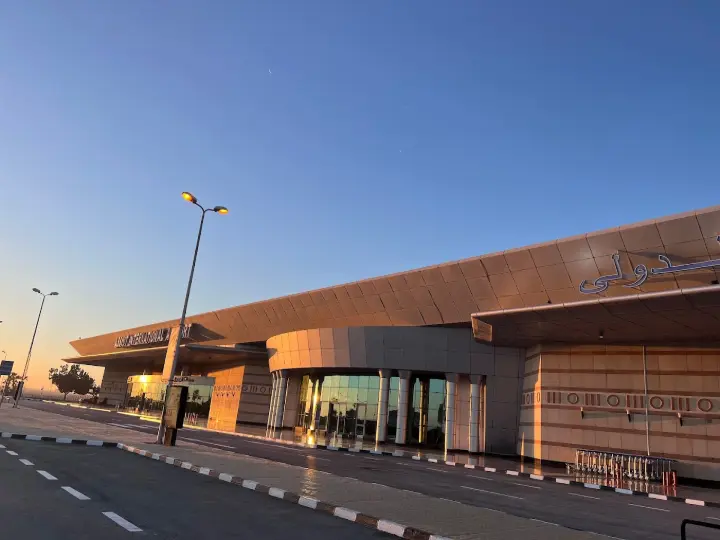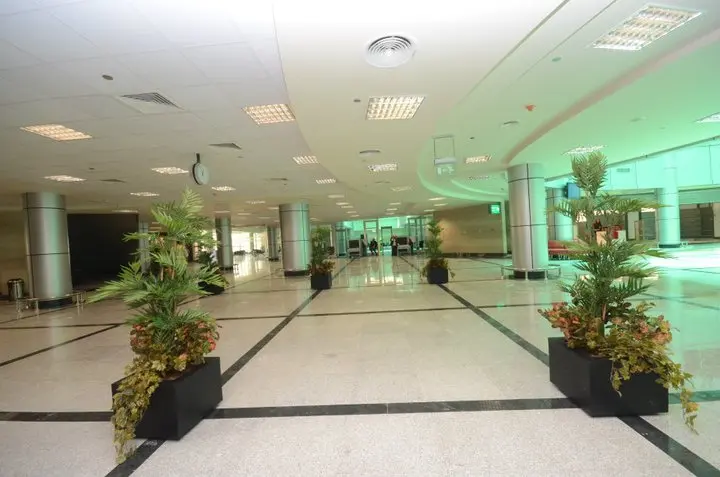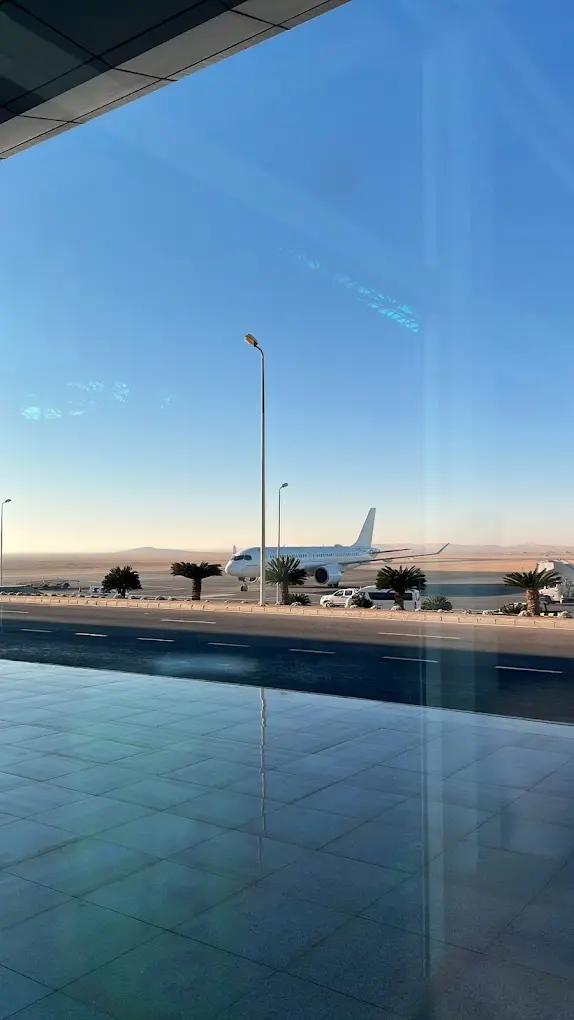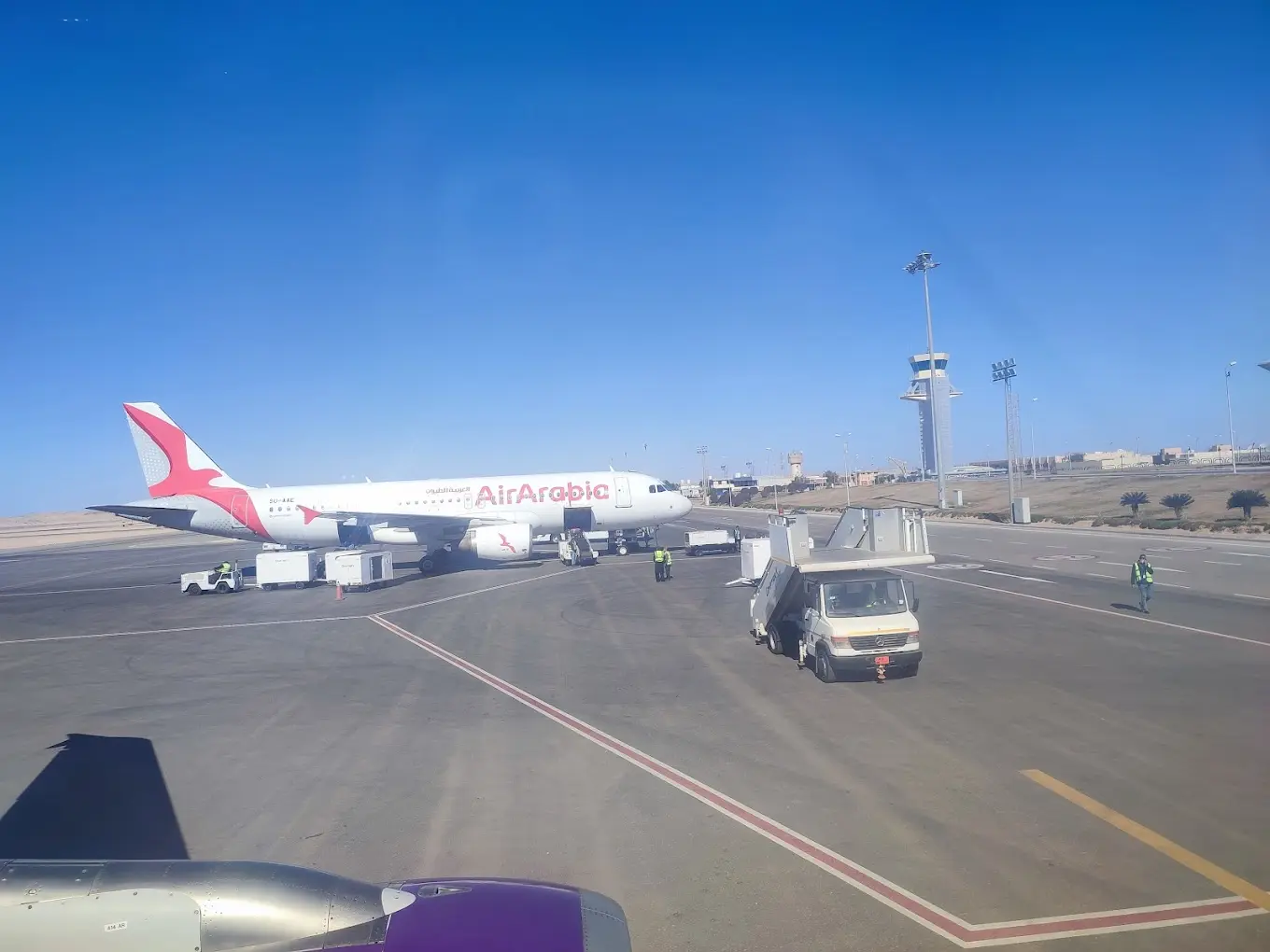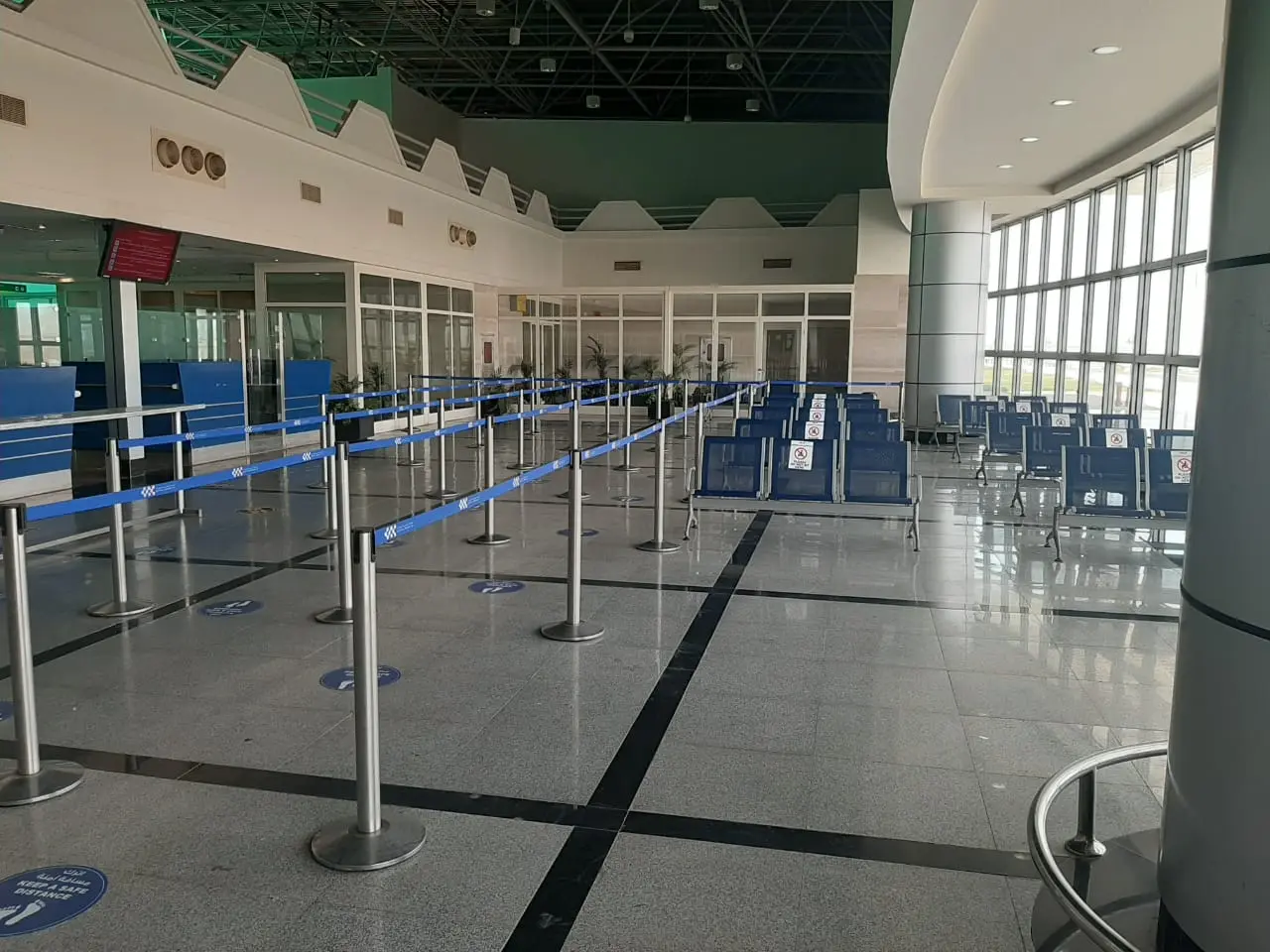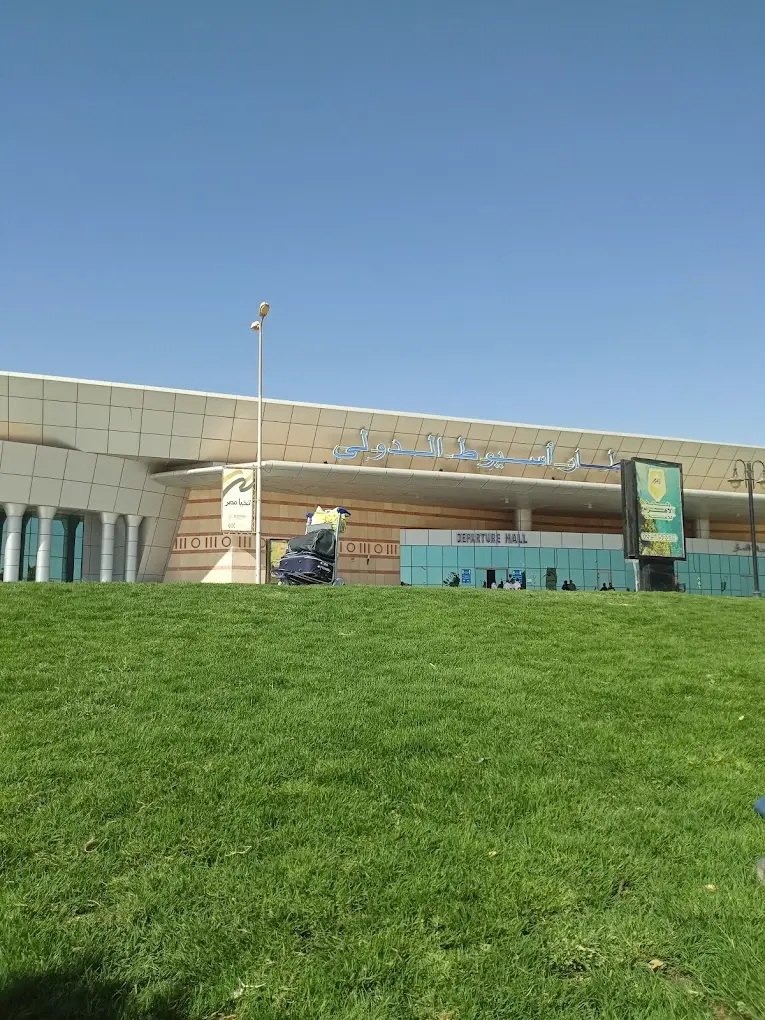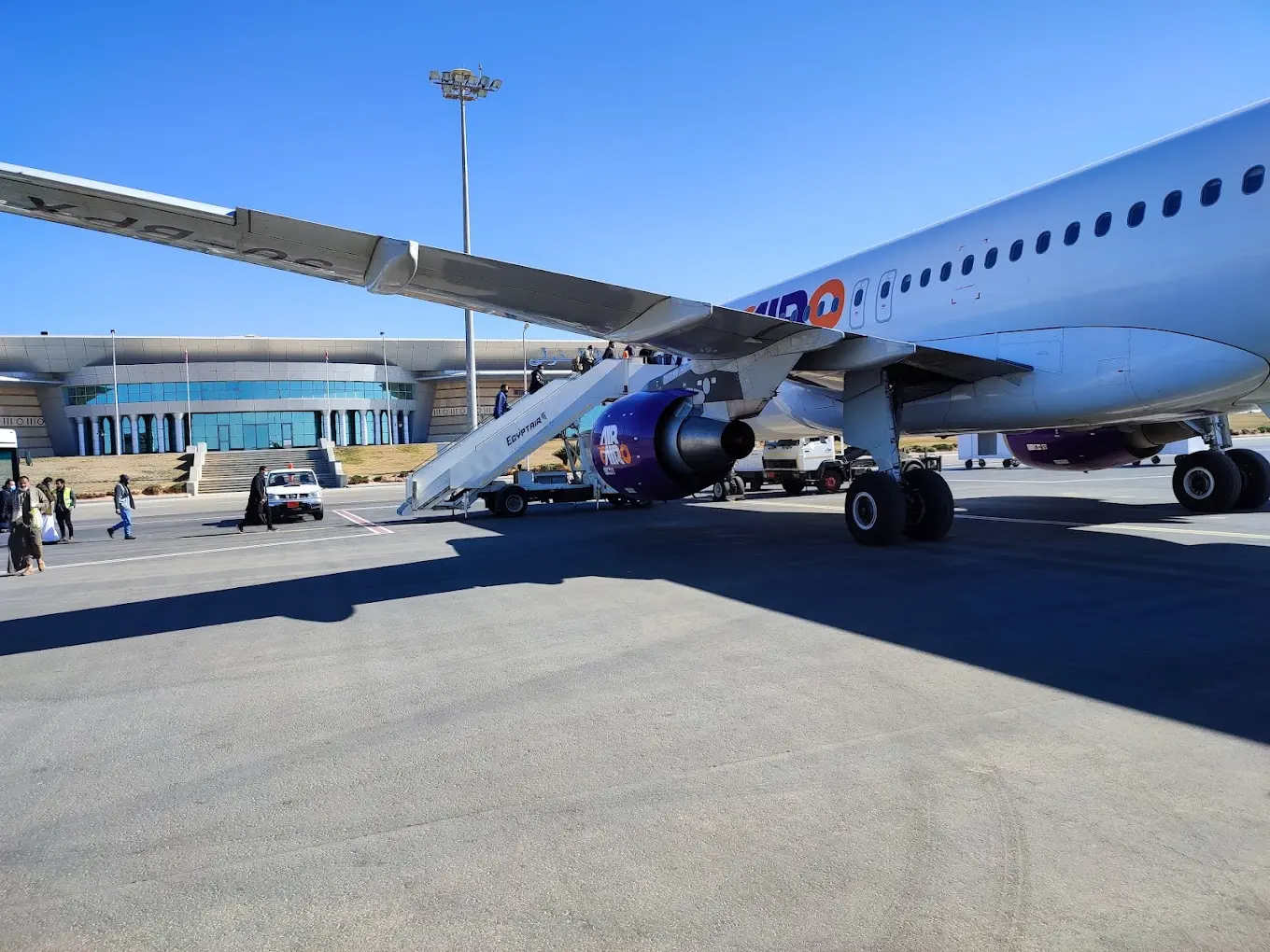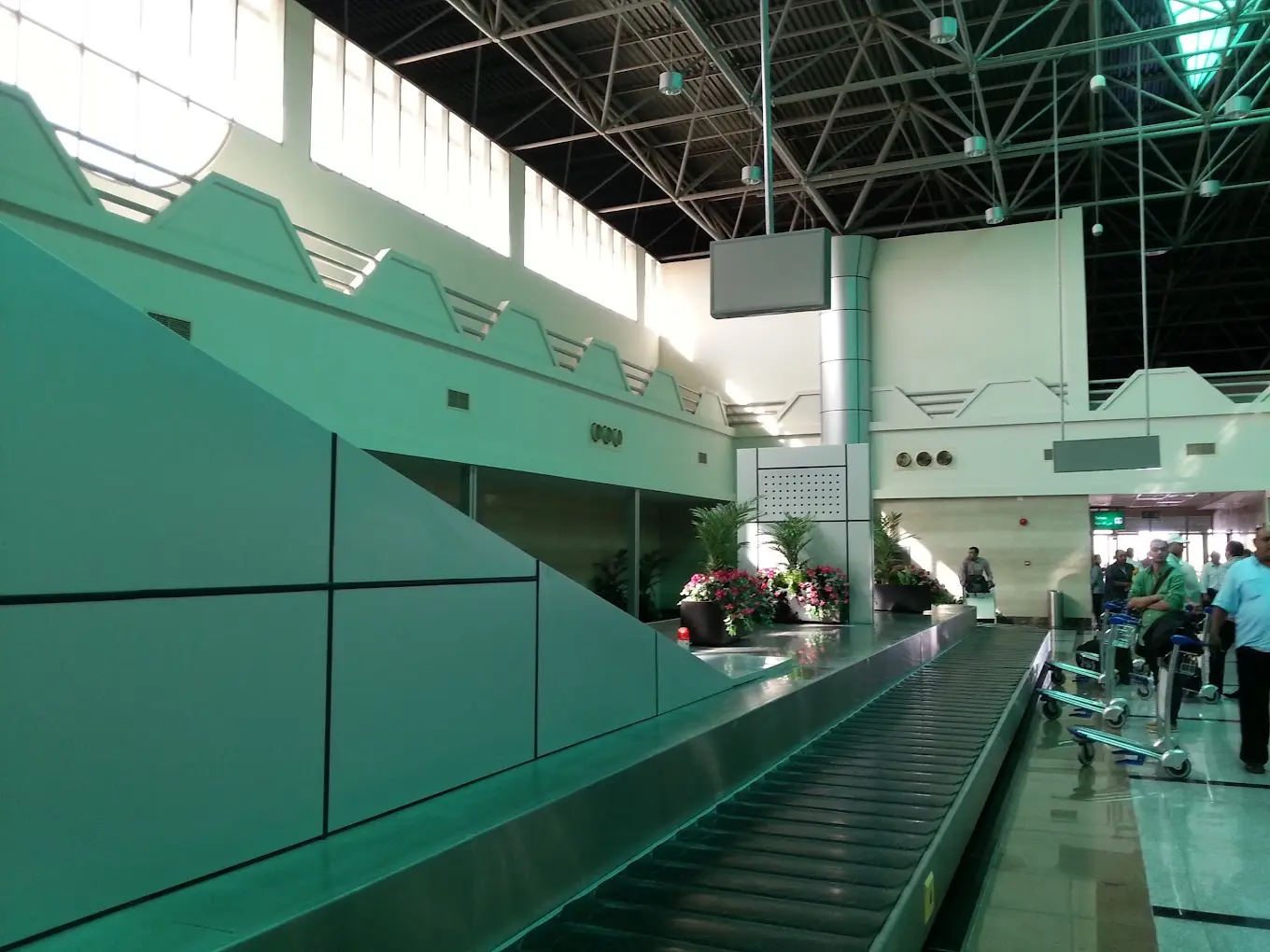Assiut International Airport: Elevating Connectivity and Economic Growth in Upper Egypt
Nestled in the heart of Upper Egypt, Assiut International Airport stands as a beacon of progress, connecting a historically rich region to the global stage. As the Project Manager for SIAC Construction, I spearheaded this transformative infrastructure project, delivering a modern aviation hub that enhances regional connectivity, boosts tourism, and drives economic growth. This initiative reflects my dedication to building infrastructure that not only meets international standards but also empowers communities by bridging geographical and economic divides.
A Gateway to Upper Egypt’s Potential
Assiut, a city steeped in history and culture, has long been a gateway to Upper Egypt’s archaeological treasures, including the nearby cities of Luxor and Aswan. However, its economic potential was constrained by limited air connectivity. The Assiut International Airport project was envisioned to change that—a state-of-the-art facility designed to serve as a vital link between Upper Egypt and the world. Commissioned by governmental authorities, the project aimed to elevate the region’s infrastructure, support tourism, and facilitate trade by providing a modern aviation hub capable of handling international flights.
My role as Project Manager was to oversee every aspect of this ambitious undertaking. From coordinating with aviation authorities to ensuring compliance with global airport standards, I led a multidisciplinary team to bring this vision to life. The airport’s design incorporated a robust runway, a modern passenger terminal, and advanced safety systems, all tailored to meet the unique needs of Assiut while aligning with international aviation regulations.
Navigating Complex Challenges with Strategic Precision
Building an international airport in a region like Assiut comes with a unique set of challenges. The project required seamless coordination with multiple stakeholders, including the Egyptian Airports Company, civil aviation authorities, and local government bodies, all while adhering to strict timelines and safety protocols. Additionally, the site’s environmental conditions—such as Upper Egypt’s extreme temperatures and sandy terrain—posed logistical hurdles that demanded innovative solutions.
To overcome these challenges, I implemented a comprehensive strategy:
- Stakeholder Alignment: I established a robust communication framework, holding regular meetings with all parties to ensure alignment on project goals and timelines, minimizing delays caused by miscommunication.
- Environmental Adaptation: We employed specialized construction techniques to mitigate the impact of the desert climate, such as using heat-resistant materials for the runway and optimizing construction schedules to avoid peak temperatures.
- Safety and Compliance: The airport’s safety systems, including navigation aids and emergency response infrastructure, were designed to meet International Civil Aviation Organization (ICAO) standards, ensuring operational reliability for years to come.
Through meticulous planning and proactive problem-solving, we successfully delivered a facility that not only met but exceeded the expectations of all stakeholders, creating a lasting impact on the region’s infrastructure landscape.
A Catalyst for Regional Transformation
The completion of Assiut International Airport marked a turning point for Upper Egypt. The airport now serves as a critical hub, connecting Assiut to major domestic and international destinations, and facilitating the movement of tourists, business travelers, and goods. Its modern passenger terminal offers a seamless travel experience, while its infrastructure supports the region’s growing aviation needs, paving the way for increased tourism to Upper Egypt’s cultural landmarks.
Economically, the airport has opened new opportunities for Assiut and its surrounding areas. By improving air connectivity, it has attracted investment, created jobs, and stimulated trade, contributing to the region’s socio-economic development. For me, this project was a profound opportunity to contribute to Upper Egypt’s growth, delivering infrastructure that empowers communities and unlocks their potential on a global scale.
Lessons Learned: Building for Impact and Longevity
The Assiut International Airport project reinforced several key principles that continue to guide my work as a civil engineer and project manager:
- Regional Context Matters: Understanding the unique needs of a region—like Upper Egypt’s focus on tourism and trade—ensures that infrastructure delivers maximum impact.
- Collaboration Drives Success: Effective coordination with governmental and aviation authorities is crucial for navigating the complexities of airport projects.
- Sustainability in Design: Building with the future in mind, from environmental resilience to operational efficiency, ensures that infrastructure remains relevant for decades.
A Defining Achievement in My Journey
The Assiut International Airport project is a milestone in my career, reflecting my ability to deliver critical infrastructure that transforms regions and economies. Leading this project allowed me to apply my expertise in civil engineering and project management to a high-impact initiative, creating a lasting legacy for Upper Egypt. It stands as a testament to the power of strategic vision, technical precision, and a deep commitment to serving communities through world-class infrastructure.
Project Gallery
